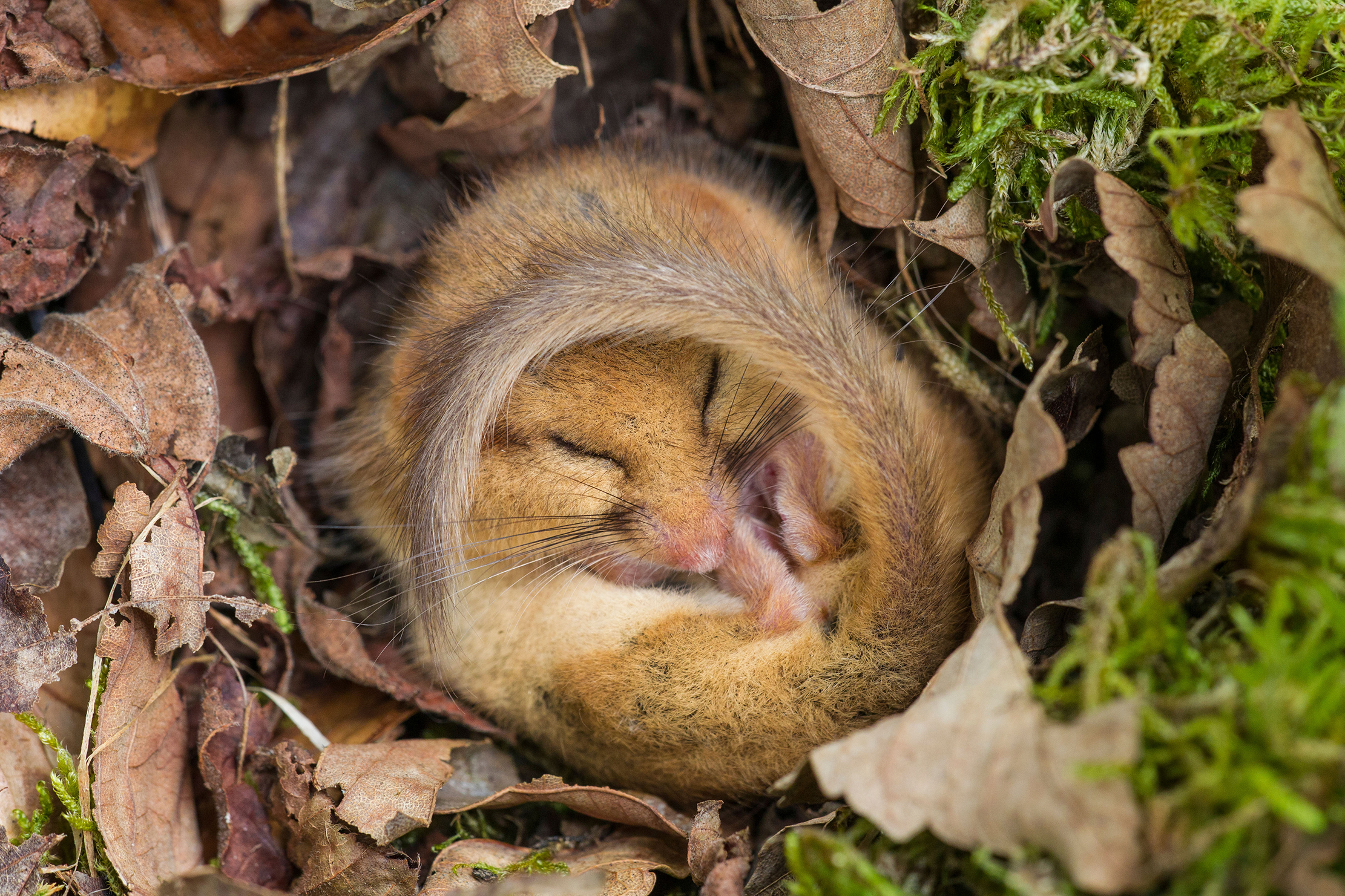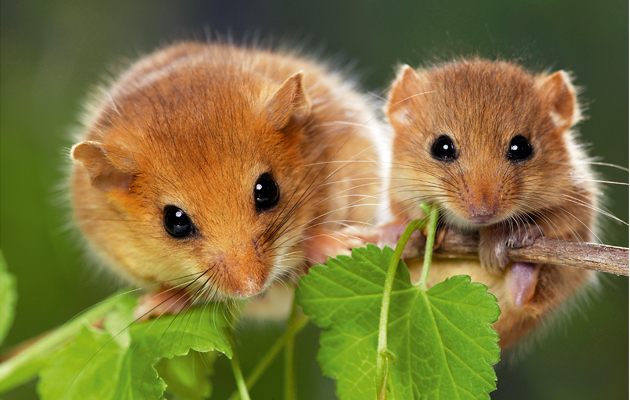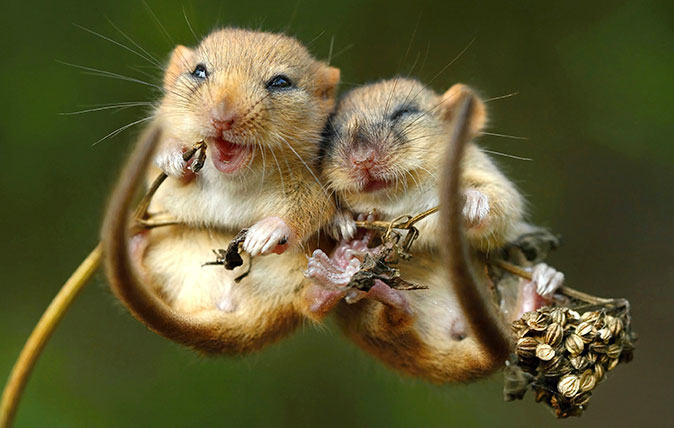Dormice waking from hibernation 'to discover a bigger, better world'
The dormice of Wensleydale will have a nice surprise as they awaken from hibernation this year, thanks to a major conservation effort over the past few months. Annunciata Elwes explains.


Two fledgling populations of native endangered dormice in Wensleydale should now be waking from their winter slumber to discover a bigger, wider world, as local landowners and farmers have completed a six-mile corridor of woodland and hedgerow either side of Freeholders’ Wood at Aysgarth Falls.
The three-year Wensleydale Dormouse Project, which is funded by the People’s Trust for Endangered Species (PTES), Woodland Trust, Yorkshire Dales National Park Authority and Millennium Trust, among others, is part of the PTES’s National Dormouse Monitoring Programme. Giving the populations room to roam is vital, as dormice are almost entirely arboreal and need to be able to walk along branches, hopping from one tree or bush to another.
‘They do best in a shrub environment. They need hawthorn, blackthorn, spindle, hazel — especially hazel — bird cherry and dog rose,’ explains Phill Hibbs, trees and woodlands officer for the National Park Authority.
‘Small woodlands are stepping stones for the dormice as they go down the dale.’
In the past 100 years, dormice have become extinct in 17 English counties and have declined countrywide by 51% since 2000, due to climate change and loss of woodland habitat. ‘Unless we do something, populations either become completely unviable or they are pretty much restricted to nature reserves,’ warns Ian White, PTES dormouse and training officer.
Since 1993, almost every year has seen a reintroduction and the two populations in Wensleydale that are benefiting from the new corridor were new in 2008 and 2016.

Credit: Alamy
Exquisite houses, the beauty of Nature, and how to get the most from your life, straight to your inbox.
11 fascinating facts about the hazel dormouse
With this shy litle creature being reintroduced into woodland areas in an attempt to halt its extinction, we reveal 11

Credit: Caters
Dormice: Britain’s sleepiest, and most charming little creatures
David Profumo takes a look at the lovely little dormouse – a delightful little creature which spends 75 per cent
Annunciata is director of contemporary art gallery TIN MAN ART and an award-winning journalist specialising in art, culture and property. Previously, she was Country Life’s News & Property Editor. Before that, she worked at The Sunday Times Travel Magazine, researched for a historical biographer and co-founded a literary, art and music festival in Oxfordshire. Lancashire-born, she lives in Hampshire with a husband, two daughters and a mischievous pug.
